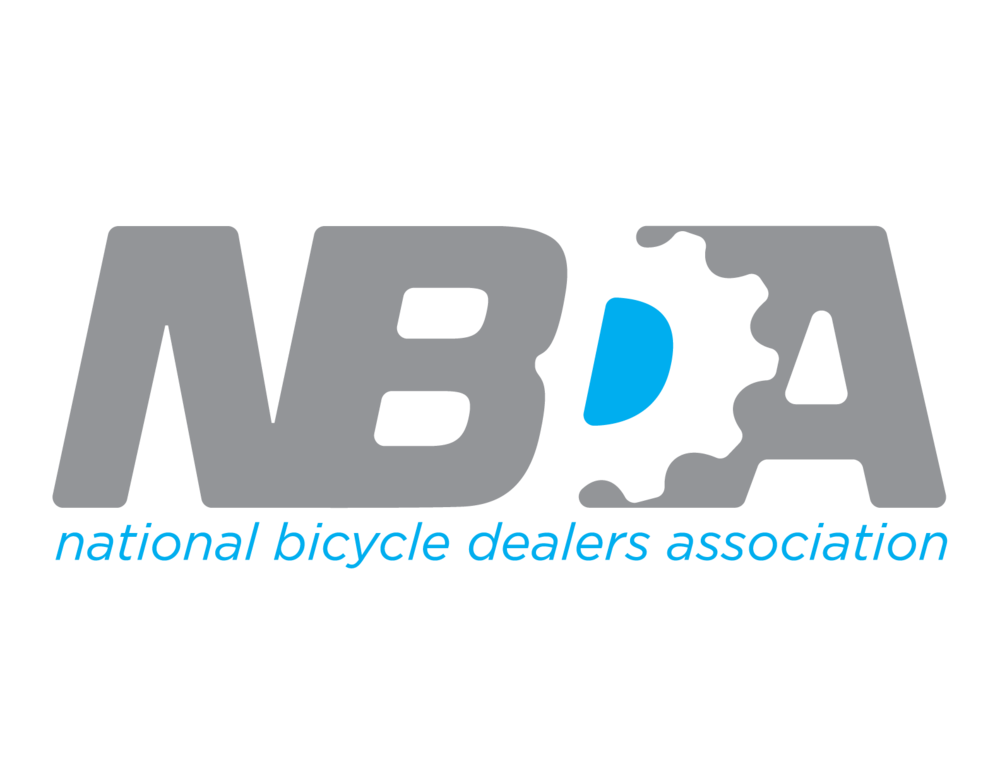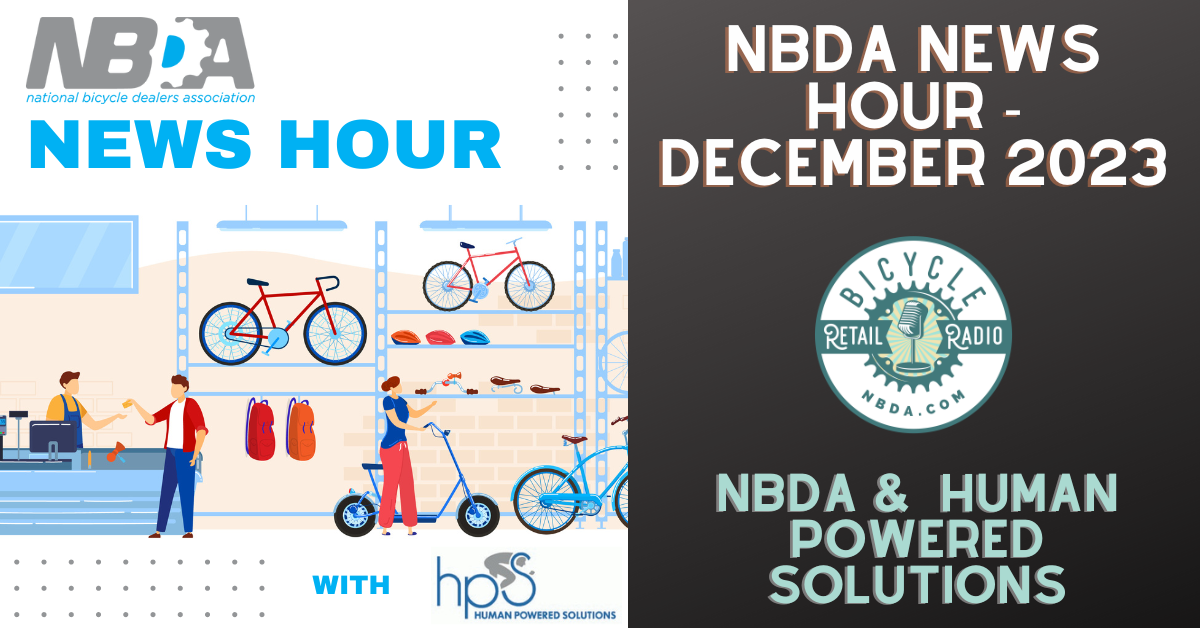Inventory – Part 2: How To Run A Profitable Bike Shop
In part one of our inventory discussion, we present a relatively straightforward way of determining how much inventory you should be carrying. In part two, we will cover the details that begin to help you become much better at managing cash flow and enjoying becoming profitable. The premise is straightforward but begins to take on much more tedious work. First, I am making assumptions about your point of sale system being accurate. If it is not, then you have some work to do there. Garbage in, garbage out is the saying when it comes to data – enough said. With confidence in your data, and with another assumption that you have a fair number of inventory categories defined, you can begin the detailed work. If you have broken down your groups to the degree that makes extracting actionable data possible, you will most likely have more than 100 groups and subcategories. Part one gives you the framework to begin applying to each of your categories as if they are each a separate business. Businesses of a specific size may benefit from more automated solutions to this process, for instance, a company like Retail Toolkit.
Inventory optimization
The trick with inventory optimization is that each category is treated uniquely. Some items may allow you an incredible number of turns. Parts and accessories lend themselves to this in particular. Most shops are placing one or two parts orders weekly, and this is where diligence pays off. Why carry a few month’s inventories of items you can turn weekly or bi-weekly? The answer is simple. The more turns allow you to hit freight allowance numbers more readily and keep more dollars in categories that naturally may not turn as many times. When we talk about turns, some items you want to have may turn less than goals, while others may turn 10-15 times. From a cash flow standpoint, “just in time” is always the goal. I know some may disagree with making that many turns because you will be receiving inventory constantly. Still, in the early goings of becoming inventoried correctly, it is safer this way, in my opinion. As you develop better controls on your inventory, you can more confidently increase ordered quantities, always staying within your “budget” of inventory dollars, of course.
Consideration should always be given when you begin to become more detailed with your inventory is that some vendors and salespeople may object at first to the use of data to make better decisions. Use data to disarm them instead of emotions. When you negotiate from the position that improving your metrics is the goal – it can enhance the relationship. If your vendor, when showing legitimate reasons based on data that you are trying to grow your business metrics, cannot fulfill your needs, you may need to look elsewhere. Salespeople have a job that, at times, can be at odds with your business’ health. Becoming more data-dependent is a fine line to walk, as you want to have partners that can trust you are doing what is best for the business, and the benefit to that for them should be obvious.
Inventory Buying
Inventory buying is a very personal process for many retailers. Certain brands, product categories, and even colors, etc., can play a big roll in what ends up on a shop’s sales floor. The constant use of the data to drive those decisions will also disarm the buyer from making costly mistakes. One critical thought to have when making decisions using data, combined with some experience in one’s own business, is that data is just another way of listening to what your customers want. It cannot be any more evident than the natural example of a product that sits until discounted while other products turn circles around the slow movers. A serious problem is when that information is not acted upon. The reality is that many shops continue to make the same mistakes year after year, while the data is telling them another story.
Inventory Purchasing
Inventory purchasing need not be a mystical process. Using the formula outlined in part one, applied across your categories to ensure that you have the correct amount carried in each category, then applying a little artful foresight when you feel a specific category needs attention. Perhaps a category needs to be bulked up if you aim for an increase in sales, or maybe a product shortage is looming. Conversely, maybe a category needs to be lightened up because it can be turned much more frequently. Data and knowledge of any personal bias in your buying habits can go a long way to becoming more profitable and loosening up cash flow. I am sure many reading this have stood on the sales floor and wished you could convert some slow-moving items to cash. While discounting is generally frowned upon, when an item is for whatever reason exhibiting signs that it may not sell quickly or at all without extra incentive, make that decision quickly and convert the item(s) to cash. You do not want to be operating a museum!
Running a Profitable Bike Shop
Running a profitable bike shop is not rocket science. However, it is challenging to do if you do not budget your inventory buys at the category level, by extracting the data, and trusting it. Interpreting your data accurately when having to apply hindsight to future buys, and also continually analyzing if the products you are putting on the floor, even if they are selling through are the best option from a profitability standpoint.
Next up, we will dive deeper into vendor selection and its effects on profitability.
Words By David DeKeyser
 David DeKeyser and his wife Rebecca Cleveland owned and operated The Bike Hub in De Pere, Wisconsin, for nearly 18 years. In 2018, they sold the business and real estate to another retailer based in a nearby community. David now writes the Positive Spin series on Bicycle Retailer and Industry News and he writes articles for the NBDA’s blog, Outspokin’. David also provides business consulting through the NBDA’s P2 Consult Program.
David DeKeyser and his wife Rebecca Cleveland owned and operated The Bike Hub in De Pere, Wisconsin, for nearly 18 years. In 2018, they sold the business and real estate to another retailer based in a nearby community. David now writes the Positive Spin series on Bicycle Retailer and Industry News and he writes articles for the NBDA’s blog, Outspokin’. David also provides business consulting through the NBDA’s P2 Consult Program.
 The NBDA has been here since 1946, representing and empowering specialty bicycle dealers in the United States through education, communications, research, advocacy, member discount programs, and promotional opportunities. As shops are facing never-before-seen circumstances, these resources offer a lifeline. Together, we will weather this. We at the NBDA will not waver in our commitment to serving our members even during this challenging time—but we need your support.
The NBDA has been here since 1946, representing and empowering specialty bicycle dealers in the United States through education, communications, research, advocacy, member discount programs, and promotional opportunities. As shops are facing never-before-seen circumstances, these resources offer a lifeline. Together, we will weather this. We at the NBDA will not waver in our commitment to serving our members even during this challenging time—but we need your support.
Now is the time to become a member as we join together to make one another stronger. Whether you’re a retailer or an industry partner, your membership in the NBDA is one of the best investments you’ll make this year.
Learn more about the benefits of being a member and join now.











